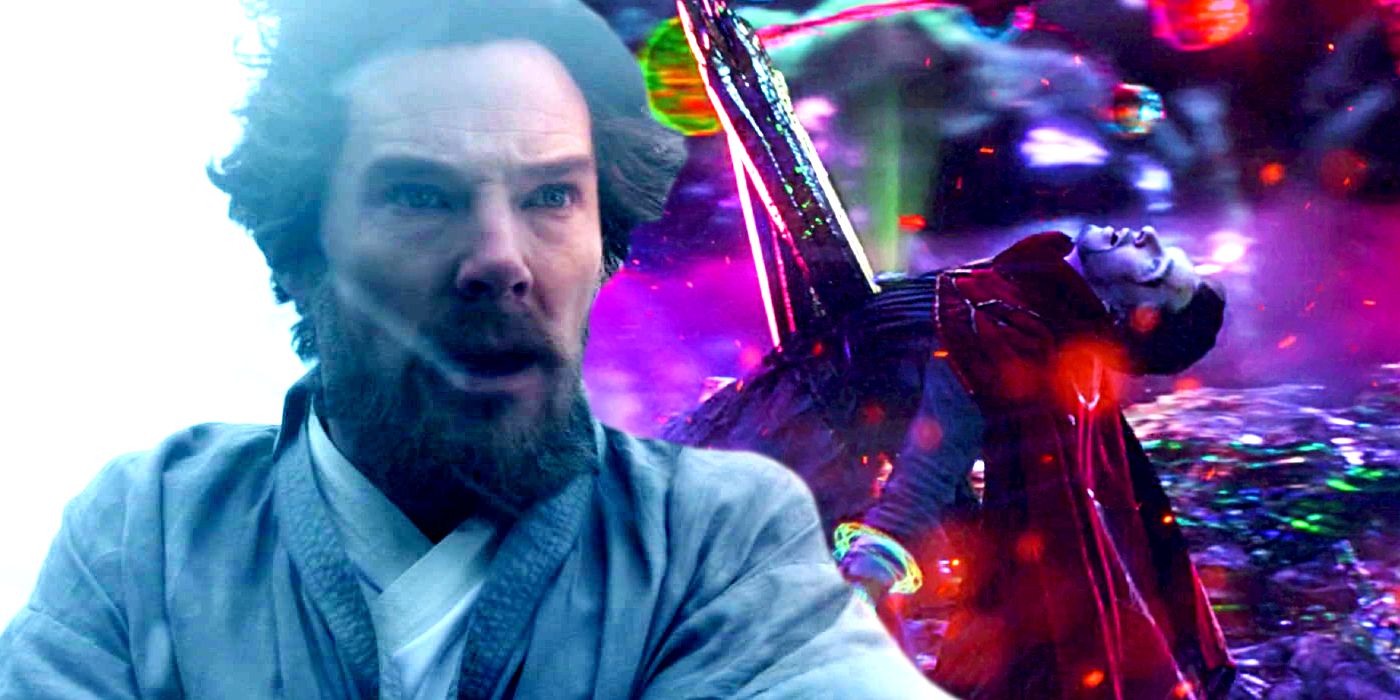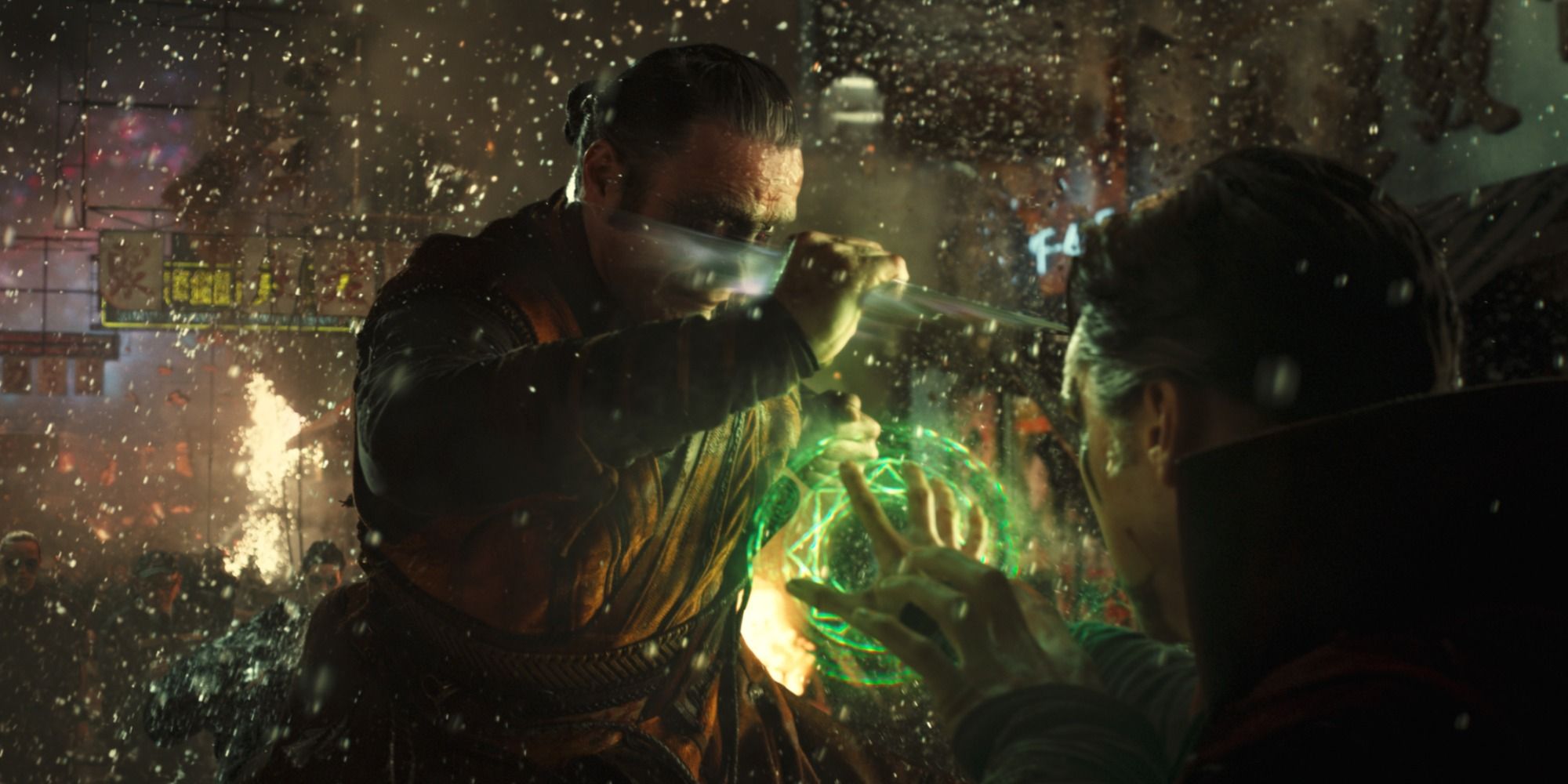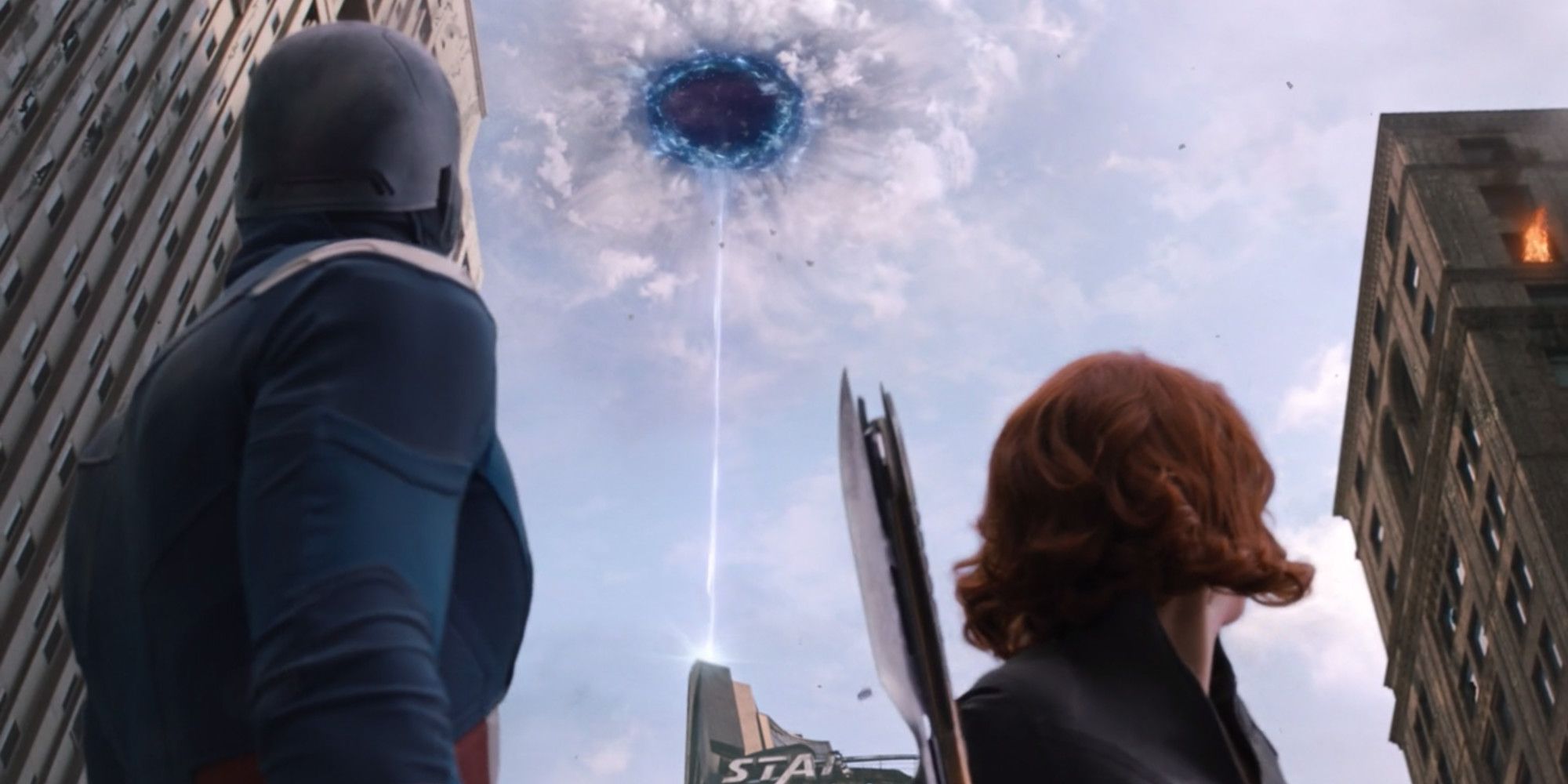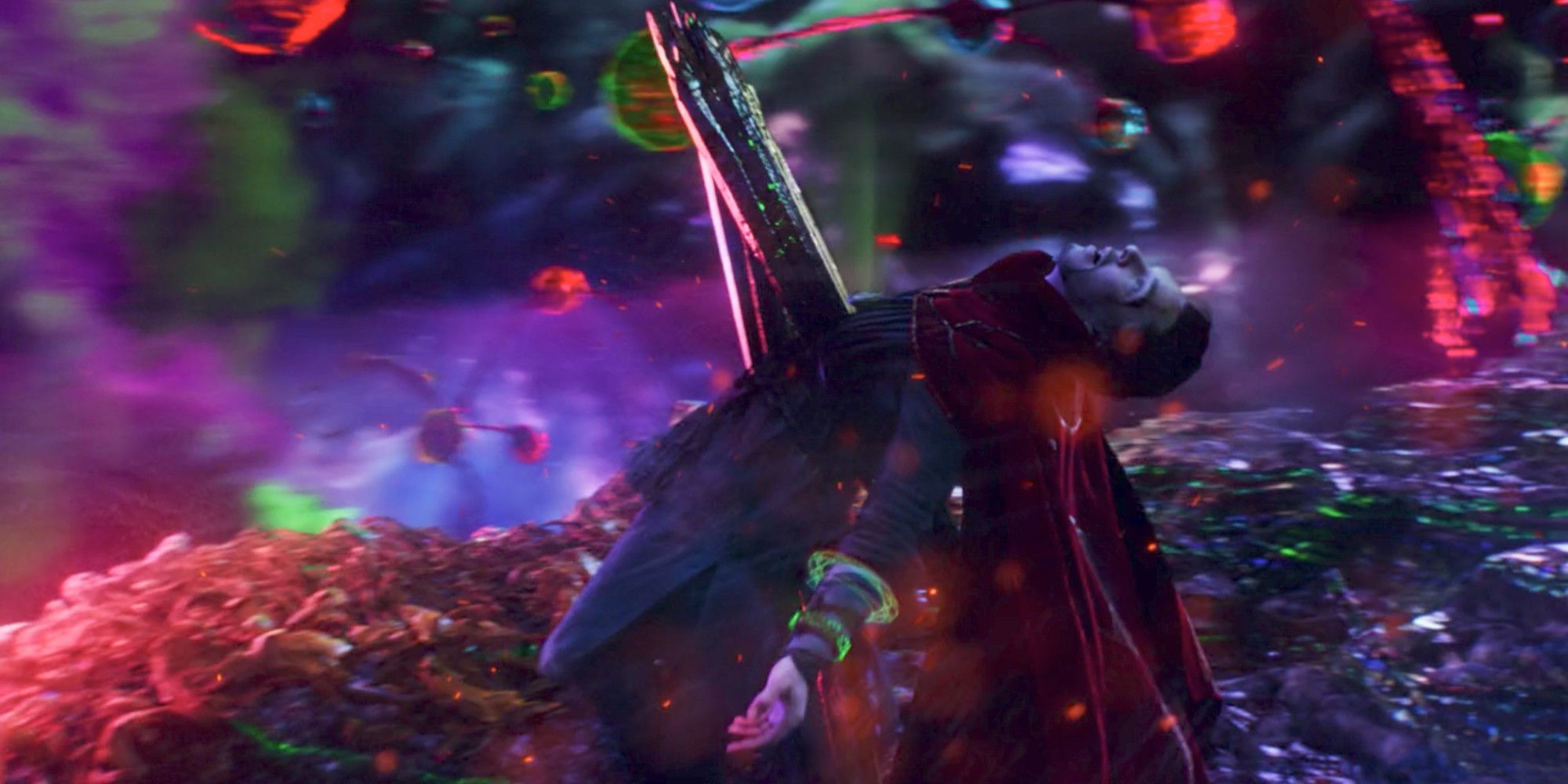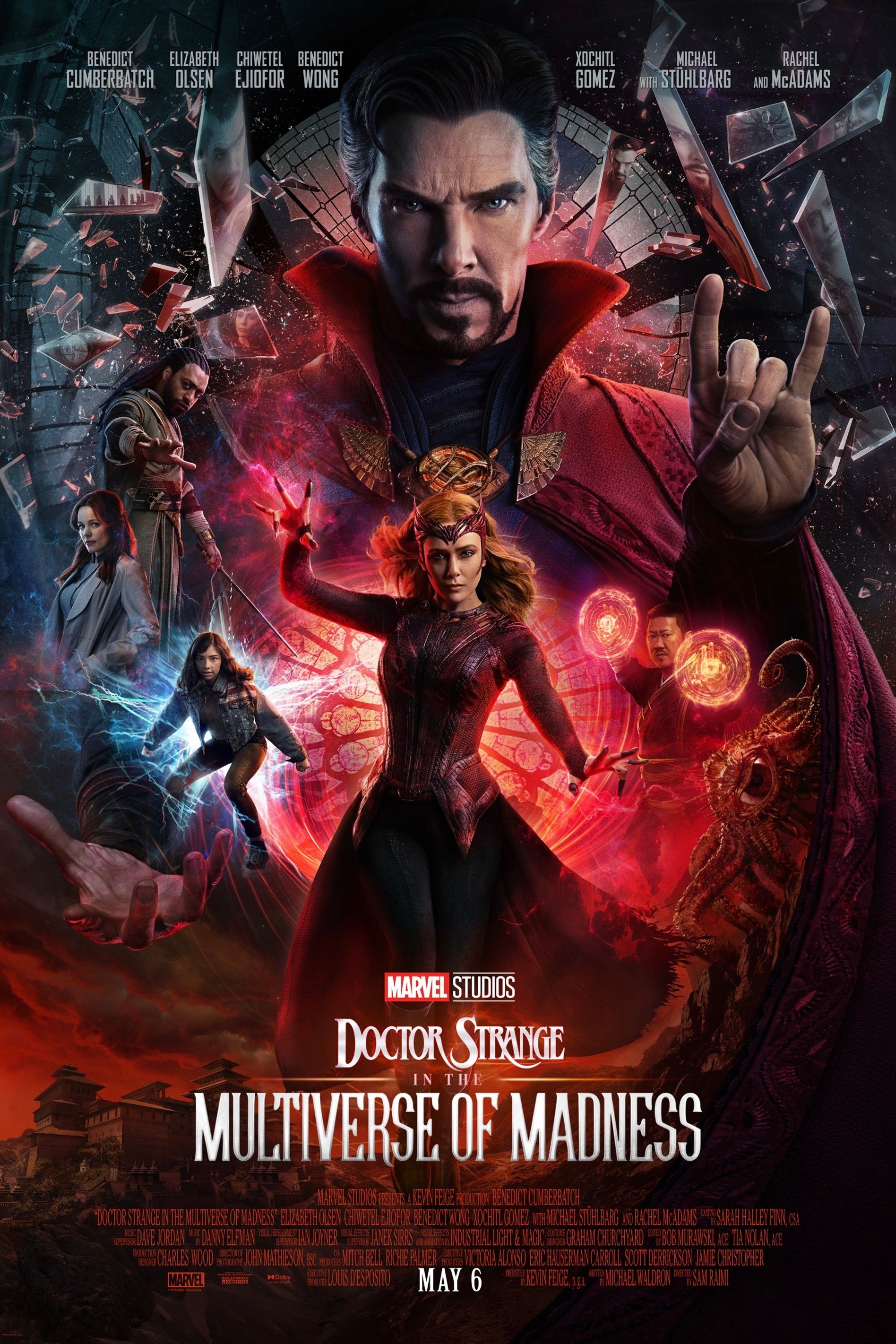In the 2016 MCU film Doctor Strange, director Scott Derrickson not only set out to introduce audiences to the character of Doctor Stephen Strange, but also intended to use his movie to subvert and comment on several tropes in the superhero genre. By 2016 the MCU was in phase three of its development and had released thirteen films to theatres before Scott Derrickson came in with a fresh perspective on the first live-action movie adaptation of Doctor Strange since 1978. As audiences prepare to watch the sequel Doctor Strange in the Multiverse of Madness, they should remember how clever and self-aware the first Doctor Strange movie was.
Scott Derrickson believed he was meant to direct and co-write Doctor Strange because he was inspired by the psychedelic nature of the original Steve Ditko Doctor Strange comics. He claimed he wanted the job more than anyone, and proved it by using his own time and money to prepare the perfect pitch for his vision of a Doctor Strange movie. Scott Derrickson also created original concept art for the film while crafting a 90-minute pitch to Marvel studios to prove he knew what he was doing - and he clearly did, given the fact that Doctor Strange was among the highest-grossing films of 2016. While Derrickson tried to make the story as simple and easy to follow as possible, he also used every opportunity he could to showcase his unique perspective on Doctor Strange and superhero movies in general.
Scott Derrickson used Doctor Strange's unique mystical powers and backstory as an opportunity to subvert three tropes he saw reoccurring at the end of many superhero films. In the Doctor Strange movie commentary, Derrickson said he wanted to subvert audience expectations, because Doctor Strange is the master of all things weird and unusual. Derrickson wanted to avoid well-worn superhero clichés that include destroying a city in an epic battle, desperately trying to close a portal, and the idea of a hero tragically sacrificing their lives to save the city. In the finale of Doctor Strange, Scott Derrickson has Doctor Stephen Strange do the complete opposite of these tropes to save Earth, which gives Doctor Strange one of the cheekiest and smartest MCU movie finales yet.
Doctor Strange Rebuilds a City When Most Superhero Movies Destroy Them
Collateral damage is quite common in the superhero genre. Often in the climactic battle of a Marvel movie, many innocent civilians will see their homes destroyed as a battle between Gods, men, Avengers, and villains rages on around them. For example, Avengers: Age of Ultron saw Ultron destroy the city of Sokovia, which resulted in the government regulating the Avengers in Captain America: Civil War. However, in Doctor Strange, Stephen uses the Time Stone to reverse the flow of time and rebuild Hong Kong and save Wong after Kaecillius and his followers destroy the city. Derrickson deliberately wanted to reverse time to rebuild the city to avoid the expected cliché of nothing but destruction in the third act of a superhero film. This climax ensured Doctor Strange used time travel and magic in a creative way that didn't just blow up buildings or throw debris on bystanders, but instead trapped Kaecilius in a building by reassembling it from the rubble. Rather than leaving Hong Kong in shambles, Doctor Stephen Strange rebuilt it.
Doctor Strange's Ending Brilliantly Flips The Avengers' Finale
In 2012, The Avengers saw Loki open a portal to the Chitauri alien dimension that gave him access to an army with which he could conquer Earth. This portal plot device was seen in many other superhero movies since The Avengers - with Suicide Squad, Man of Steel, and Fantastic Four being just some of the films to share this trait. However, rather than try to close the portal or only seeing a brief glimpse of what's inside the portal, Doctor Strange enters the Dark Dimension with the intent to stay as long as he needs to. Derrickson said this was a deliberate choice because Doctor Strange was known for exploring the mystic arts, and it wouldn't make sense for him to ignore exploring an entirely new dimension.
Doctor Strange Dies (A Lot) To Mock Heroic Sacrifices
Heroic sacrifices are common in superhero films. In The Avengers, Iron Man attempted to sacrifice himself to stop the nuclear bomb from hitting New York; then, he sacrificed himself by using the Infinity Gauntlet to defeat Thanos in Avengers: Endgame. Another example of heroic sacrifices in an MCU film's climactic battle is in Avengers: Age of Ultron, when Quicksilver sacrifices himself to save Hawkeye. MCU films are filled with these deadly heroic sacrifices, and although Doctor Strange does die in the climax of Doctor Strange, he doesn't stay dead. At the end of Doctor Strange, Stephen creates a time loop between him and Dormammu, Dormammu can kill him as many times as he wants, but he won't break free of the time loop unless he and his followers leave Earth. After numerous scenes where Dormammu smites Doctor Strange only for him to come back to life, Dormammu agrees to Strange's terms. This deviated from the typical heroic sacrifice, as Doctor Strange literally couldn't die in the time loop. No matter how often audiences saw Doctor Stephen Strange impaled or smashed, he would return as if nothing had happened. Although Doctor Strange still sacrificed himself in a sense, the repetitive nature of his deaths draws attention to the repetitive trope of heroic sacrifices in superhero films.
The original Doctor Strange film was more than just an origin story; it introduced the concept of the mystic arts into the MCU and cleverly poked fun at many tropes within superhero films. Since Doctor Strange has access to such a collection of unique magics that link to the multiverse, the potential for his character is limitless. Hopefully, Doctor Strange in the Multiverse of Madness and its director Sam Raimi will be able to build upon the clever commentary, imagery, and storytelling that was present in the first Doctor Strange film.

